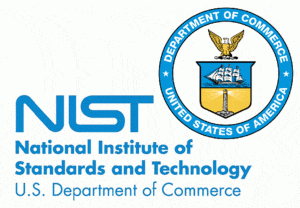A world-class Neutron Spin Echo Spectrometer for the Nation: UD-NIST -UMD Consortium NSF Proposal 1935956
This award from the Midscale Research Instrumentation -1 program supports the acquisition, implementation and commissioning of a world-class neutron spin echo spectrometer for the nation. The University of Delaware’s Center for Neutron Science working together with the National Institute of Standards and Technology’s Center for Neutron Research and the University of Maryland are creating a world-class neutron spin echo spectrometer to strengthen U.S. research infrastructure with substantial benefit to the soft matter, biological sciences, and engineering research communities. (continue reading…)



 Congratulations to
Congratulations to 






